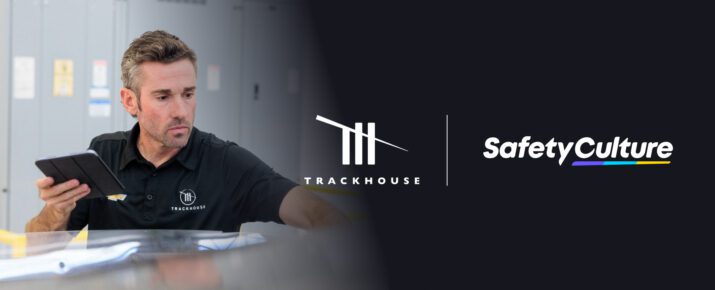The art of preparation with NASCAR’s Shane van Gisbergen
Moments That Matter | By | 30 Jul 2024 | 5 minute read
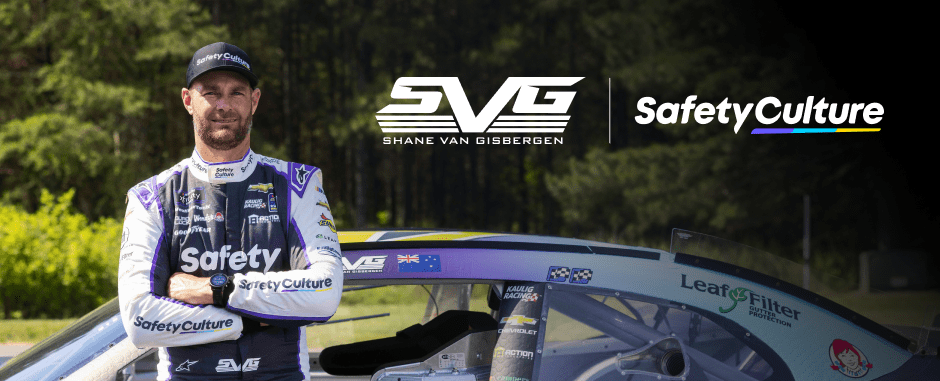
When Shane van Gisbergen (known to his fans as SVG) shifted from Australia’s Supercar series to NASCAR, he embraced a new level of racing intensity. It’s a far cry from his early days of learning to drive on bumpy dirt roads on his family’s New Zealand farm.
To find out how SVG made his racing dreams a reality, we spoke with him about the Moments that Matter, and he shared insights on the power of preparation, teamwork, and making every second count.
Buckle up for a behind-the-scenes peek into life on the NASCAR circuit.
A fresh challenge
For SVG, moving from Supercars to NASCAR was about reigniting his passion for racing. “I always felt privileged to have my hobby as my career,” SVG says. “But the last couple of years, it had started to feel like a job.”
The opportunity to race with Trackhouse and Project 91 in Chicago offered a fresh challenge and a chance to find joy in racing again. “I had a ball with racing here,” SVG says. “I love the relaxed atmosphere in the garage and all the pre-race shows. But when the helmet’s on, it’s go-time.”

Conquering the learning curve
Transitioning to NASCAR was a steep learning curve, one SVG has embraced wholeheartedly. “Race car drivers are probably the only professional sport where you don’t have a coach. Everything’s self-taught,” SVG shares. “This is a whole new style of racing to me. Different types of setups. Different car types. I’m learning so much in every race, and I’m excited to go back to each track and be better.”
Adjusting to having a spotter was a massive shift, but he quickly upskilled and now relies on having access to the right information at the right time. “It was a lot to get used to, but it’s essential. They know exactly what to say and when,” SVG explains. “When you’re driving with 40 cars at 200 miles an hour, there’s so much going on. You need someone in your ear the whole time, telling you who’s around you and what’s ahead.”
One of the early barriers was communicating distances. “I went semi-viral when my spotter was telling me how many feet away the car was. Coming from New Zealand, my brain works in meters. I mean, I know what a foot is, but I can’t convert it while I’m driving. Talking car lengths made it much easier.”
Having a spotter means SVG can spend his time where it counts—focusing on driving technique. “Every week, it becomes more natural, and I’m getting into a rhythm with my driving. For these ovals, even though there are only two corners, there are so many intricate details,” he explains. “Learning how to corner, set up the car, balance it with my hands and feet, and fine-tuning the setup makes every little thing critical. I’m continually refining these skills to achieve the right balance.”
Preparation is a process
With back-to-back race weekends for 38 weeks, the switch to NASCAR has meant that SVG needs to be very deliberate with his time. From analyzing race performance to preparing for the race ahead, here’s his weekly race routine:
- Tuesday: Team debriefs and past race analysis.
- Wednesday: Simulator sessions in the morning, training in the afternoon.
- Thursday: Physical training and studying race footage.
- Friday: Travel and track preparation, including practice and qualifying sessions.
- Saturday: Race day!
- Sunday: Racing or watch the Cup Race to keep learning.
- Monday: A well-earned rest day.
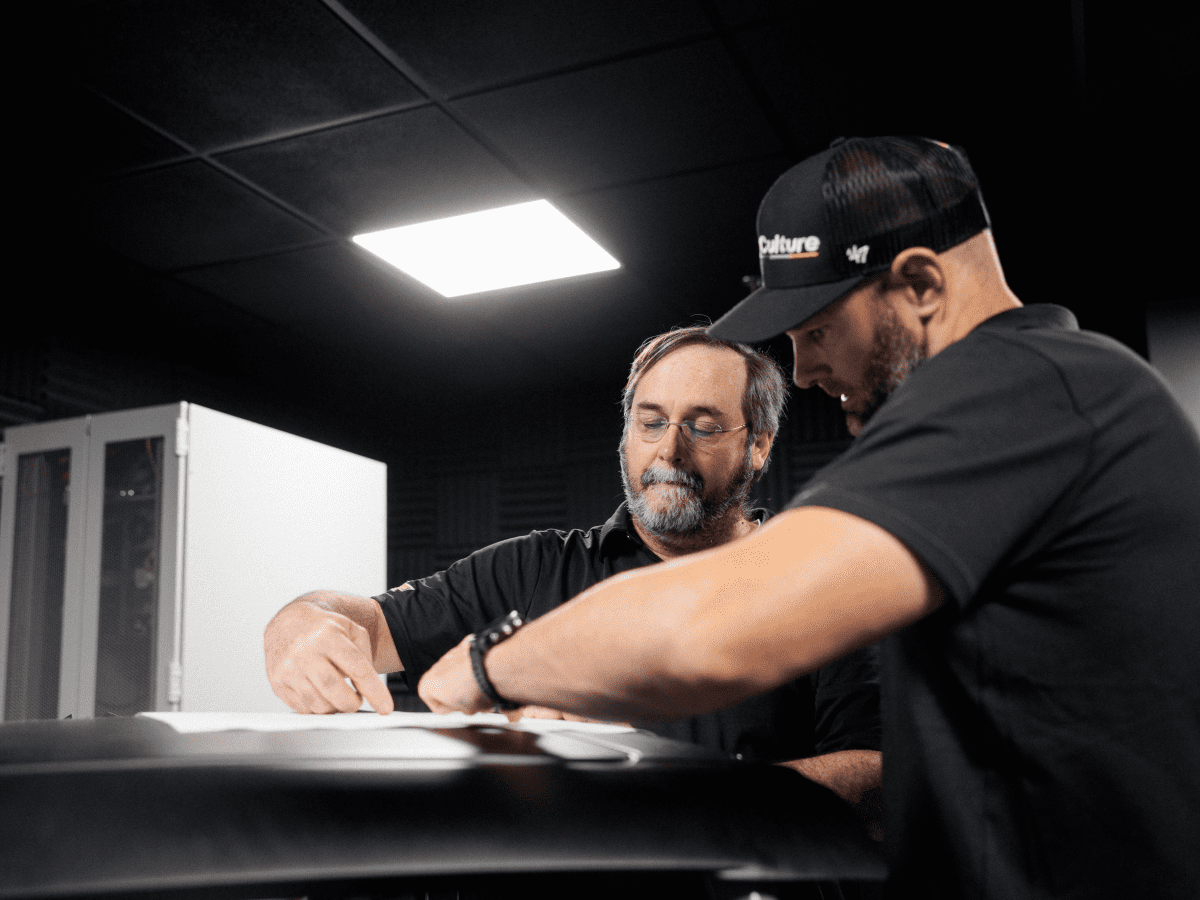

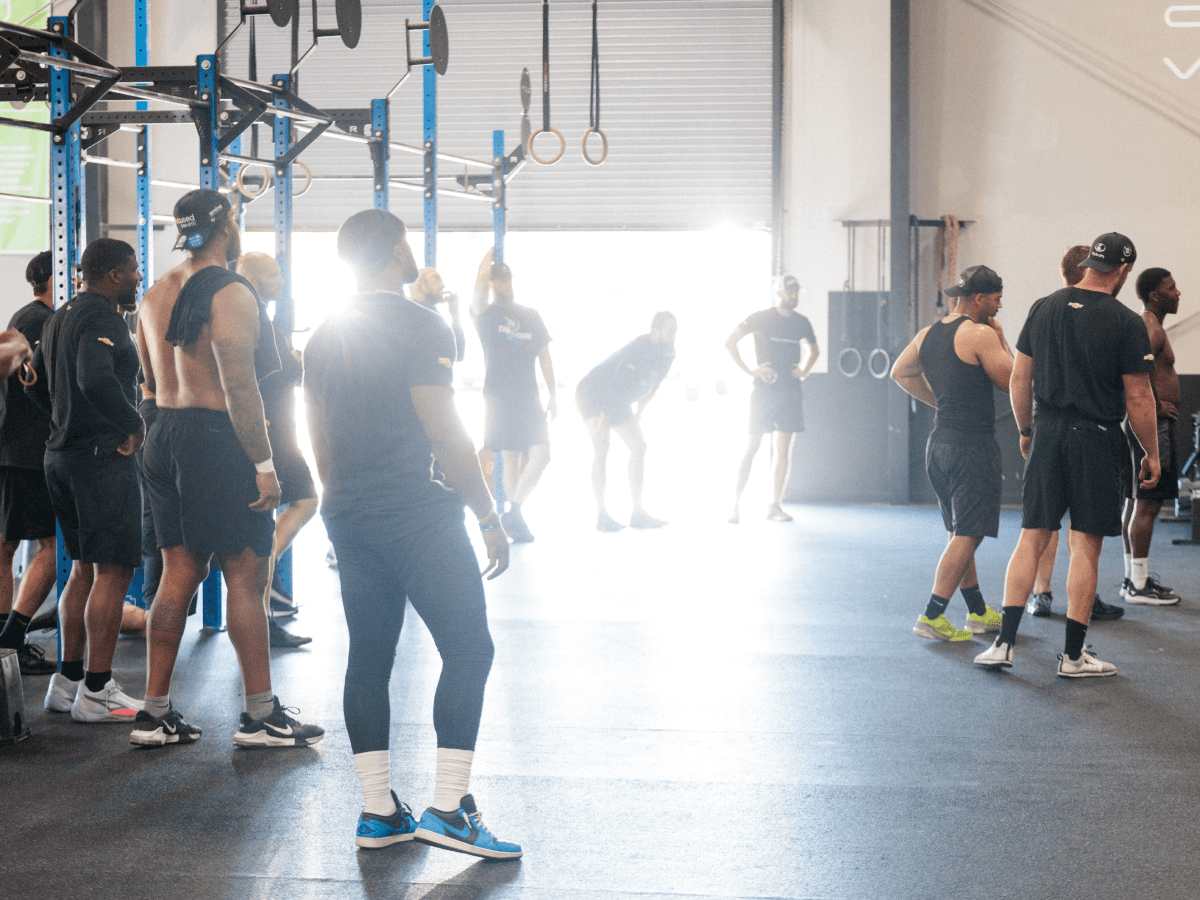
This rigorous schedule ensures he is as prepared as possible when he hits the track.
“For me, preparation is a process. It involves studying data, watching last year’s race, and reviewing what I could have done better. I look at my notes from previous races and understand what needs improvement. By the time I get to the track, I know where to brake, where to turn, and how to approach each corner. My engineer also needs to have a detailed practice plan and race strategy. Success and improvement hinges on thorough preparation.”
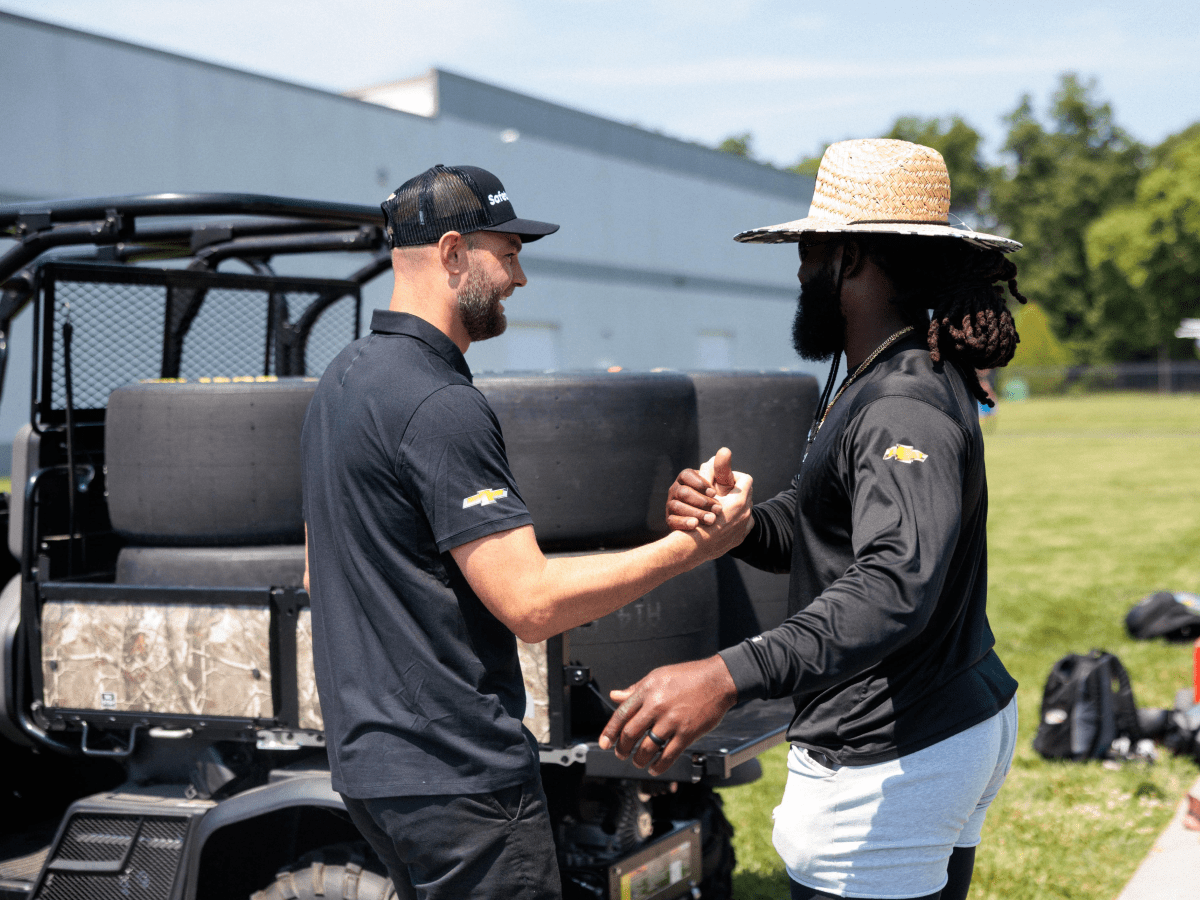

Turning failures into opportunities to improve
Race preparation goes beyond physical readiness. SVG has redefined his mentality around failure and now analyzes each race for improvement opportunities. “I’ve learned to not get so disappointed with a bad result.” he reflects. “There’s less pressure here to win every race. Even the best of the best are only in the top 10 half of the time. You learn to throw away the bad ones, understand what went wrong, and move on. I definitely spend a lot less time dwelling on things and getting down. I just take the learnings and do better next week. It’s very quick fire and keeps you sharp and motivated, that’s for sure.”
High-performance teamwork
In NASCAR, where every tenth of a second counts, the crew’s role is crucial. Every member is vital, from the engineers and mechanics to the spotters and pit crew. While SVG works hard at personal preparation, he knows that success is only possible because of the dedicated team supporting him. “It seems like an individual sport, but it’s not,” says SVG. “The driver gets all the accolades on the podium, but there are so many people behind the scenes who put in immense work and don’t get recognized enough. It’s a full team sport.”
On the track, drivers need to be able to confidently make split-second decisions. Collaboration and communication are vital. “Your spotter might call a car beside you and tell you to move up. You’ve only got that split second before the game might close again. You have to trust the guy and do it instantly. That communication and having the right information at the right time is everything.”
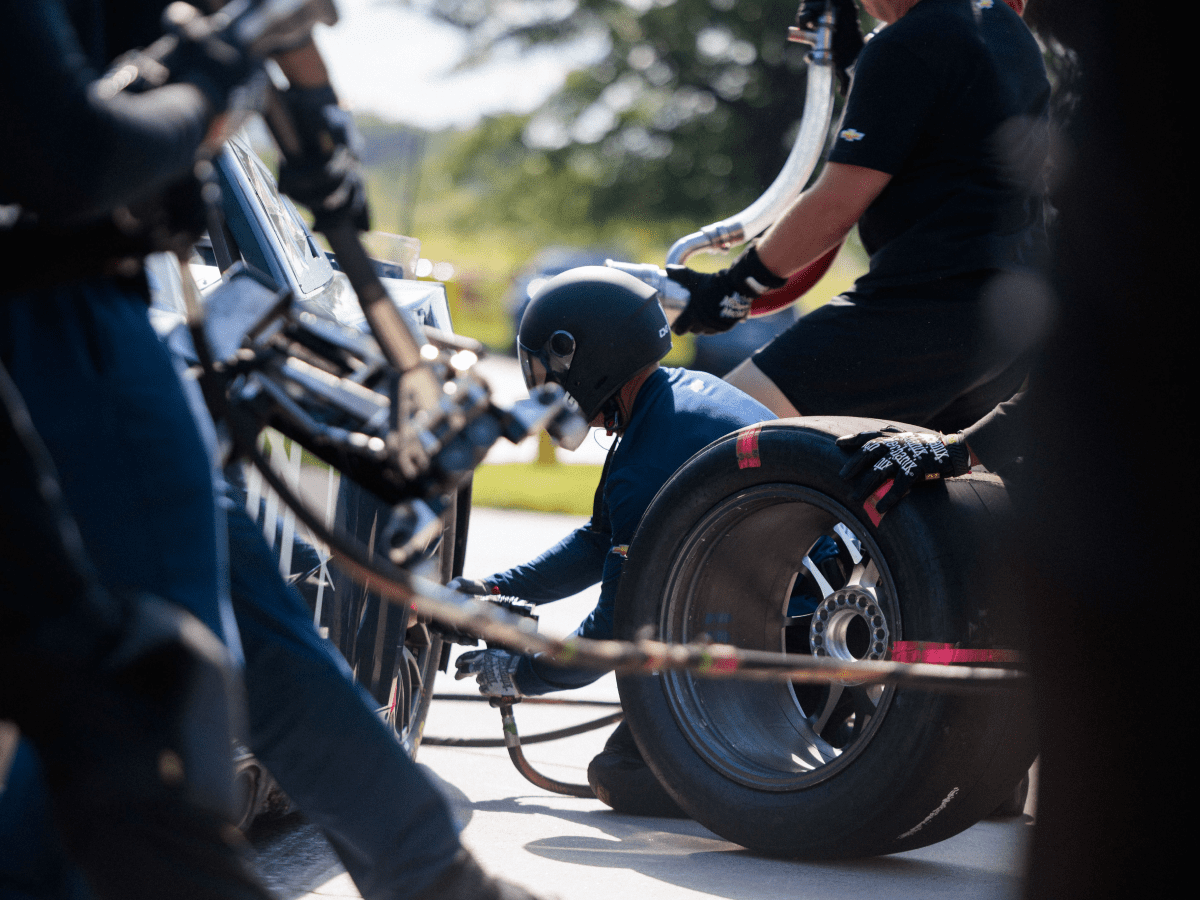

Embracing the unpredictable
Despite all the preparation, racing is unpredictable. SVG’s philosophy is to rely on his instincts and experience when things don’t go as planned. “You can’t prepare for the unpredictable moments. That’s when you have to rely on instinct, experience, and talent,” he says. This mindset helps him stay calm and focused, even when he doesn’t know what to expect.
“When you put the helmet on and feel the nerves, that anxiety about how you’ll perform, it’s a cool feeling. You don’t know if you’ll be first or 50th. Nerves mean you care and are ready. I love that feeling,” he shares. “You’re heading into the unknown, trying to learn, trying to make sure you’re getting good results, keeping the car straight, not crashing it, and just trying to complete every lap.”
Full throttle ahead
Shane van Gisbergen’s racing journey is built on a lifelong passion for motorsport. He puts in the work and embraces every opportunity. For SVG, every second counts, both on and off the track. He knows that with the right preparation, mindset and teamwork, you can push boundaries.
Follow his season on his official website and watch this space for more updates.
Moments That Matter is a series where we chat to those at the top of their fields about the seemingly small steps that, when combined, have a major impact on their life and career. We don’t often look back on our day-to-day, but it’s these very moments that ladder up to something more. At SafetyCulture, we’re grounded in practice – the details that go into the doing.

Read how SafetyCulture is powering Motorsport performance
- M-Sport MVPs – the driving forces behind the scenes
- The race is on: SafetyCulture partners with MoneyGram Haas F1 Team for Las Vegas race
- Moments That Matter with Rich Millener: The Road To A World Title
Important Notice
The information contained in this article is general in nature and you should consider whether the information is appropriate to your specific needs. Legal and other matters referred to in this article are based on our interpretation of laws existing at the time and should not be relied on in place of professional advice. We are not responsible for the content of any site owned by a third party that may be linked to this article. SafetyCulture disclaims all liability (except for any liability which by law cannot be excluded) for any error, inaccuracy, or omission from the information contained in this article, any site linked to this article, and any loss or damage suffered by any person directly or indirectly through relying on this information.

